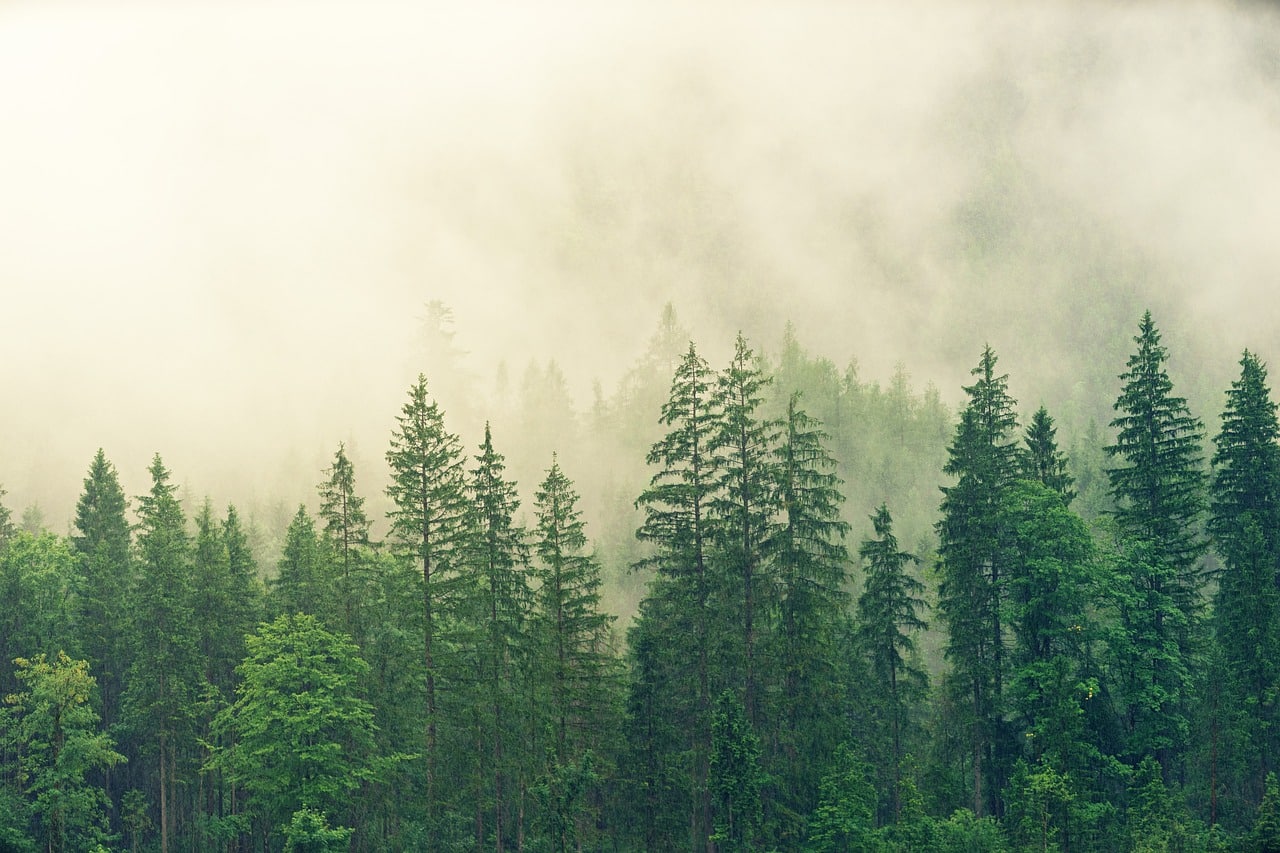
Water erosion affects land in different ways.
Water erosion is a wear process that drives water by affecting the materials that make up the surface. What water does is undermine and cause a displacement of the inorganic and organic particles that are part of the upper layer of the soil.
Therefore, water erosion leads to a decomposition of the surface level , flattening and degrading it. In turn, the sediments it generates are transported and accumulate in other areas, a phenomenon that can also cause damage.
Development of water erosion
The development of water erosion occurs in a series of successive phases. In the first instance, the detachment of the particles or the breakage of the aggregates occurs due to the impact or movement of water, causing what is known as disaggregation .
From these changes, a rearrangement of the soil components takes place, which results in a decrease in the number of pores ( porosity ). Then the process continues with compaction that reduces the infiltration capacity, leaving a surface sheet of water where the suspended particles that come from the breakdown of the aggregates are located.
Water erosion continues with the transport of particles , which involves the dragging of the material that is in suspension . This also causes other fragments of the soil to break off due to abrasion .

Vegetation cover is necessary to avoid or minimize the effects of water erosion and achieve soil conservation.
Classification according to origin
There are several types of water erosion depending on its origin. The wear caused by water flowing in channels such as rivers, streams and other torrents is called fluvial erosion .
Pluvial erosion , meanwhile, is linked to water precipitation : rain , snow , hail , etc. These precipitations, in addition to hitting the ground directly causing impact erosion , cause runoff and contribute to the accentuation of river erosion by increasing the flow of the channels.
Wave erosion , on the other hand, is a serious problem on coasts. What the waves do, with their energy, is wear down the materials: coastal erosion even puts the infrastructure and buildings in the areas closest to the sea at risk.
Another type of water erosion is glacial erosion . In this case, soil degradation is linked to the movement of glaciers, which are enormous masses of ice (that is, water in a solid state).

The banks can suffer the consequences of water erosion caused by waves.
Modalities of water erosion
The modalities of water erosion can be recognized according to how the degradation takes place. We speak of sheet erosion to name what happens when water seeps along with the less coarse particles on the surface.
Tunnel erosion , on the other hand, is related to the presence of soluble rocks or groundwater flows that cause displacement and subsidence of the land. Creep , in turn, occurs when the surface layer moves imperceptibly in the same direction as a slope.
Landslides can be bottom (when the permeable layer slides over another of lower permeability) or surface (a consequence of gravity due to the level of imbibed water). When the displacement is mud, it is a wash .
We can also mention another type of water erosion: stream erosion . A stream is a groove that running water creates on the surface due to its kinetic energy; It could be a ravine, a gully or a stream, for example.
The consequences
The consequences of water erosion are varied. When the soil degrades, nutrients are lost, which harms the flora . The same, of course, affects crops.
The problems on the surface also threaten the fauna . This is because animals find fewer resources to feed themselves and contamination of the water they drink can also occur due to chemical runoff.
At this point it must be emphasized that water sources can suffer a drop in their oxygen level due to the arrival of soil particles. Another factor to take into account is that the deterioration of agricultural soil can lead to the chemical elements that are applied to crops (herbicides, pesticides) ending up in the water.
It cannot be overlooked that water erosion also causes flooding . When the surface layer loses its absorption power, the drainage capacity is limited and there are unevenness in the terrain, a flood can occur.
Preventing water erosion
The prevention of water erosion is essential to avoid or minimize the negative consequences of the phenomenon. Maintaining the soil cover is key, as it acts as a protective barrier.
With live plants and even organic waste such as stubble, the impact of precipitation on the surface is less. Furthermore, water penetration into the profile is not easily achieved.
Maintaining or increasing plant coverage, in short, is essential. For this, overgrazing must be avoided, appropriate tillage techniques must be used and, when necessary, reforestation actions must be carried out.
Other erosion phenomena
It is important to know that water erosion is just one of the erosive phenomena that can arise. In addition to water, there are other agents that are capable of degrading the soil.
Wind erosion or wind erosion is produced by the uplift, displacement and impact of solid particles against the surface layer of the ground due to air gusts, while gravitational erosion or gravitational erosion occurs when bodies, by force of gravity, they fall to the ground.
